Welcome to...
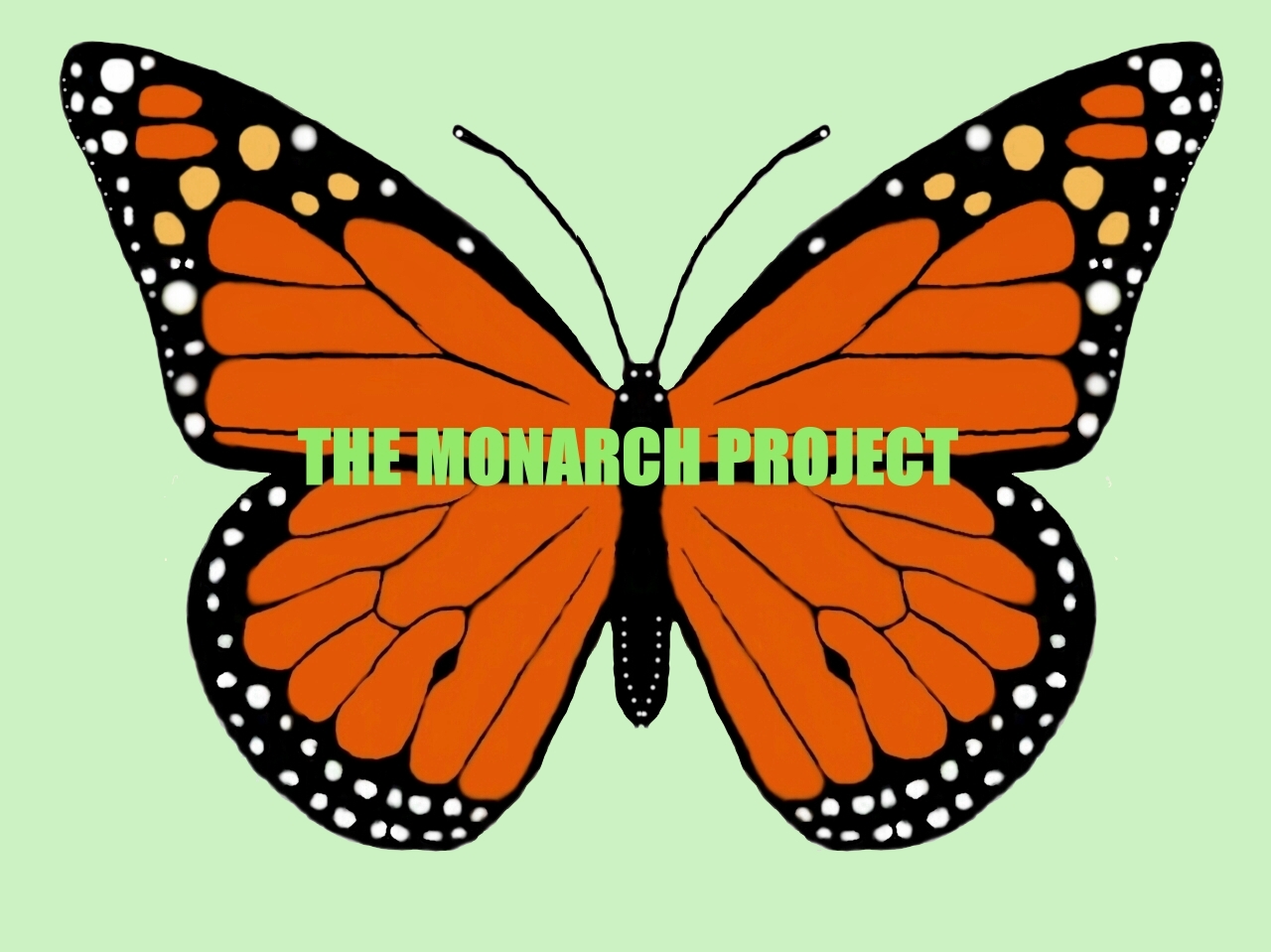
|
Build it and they will come!
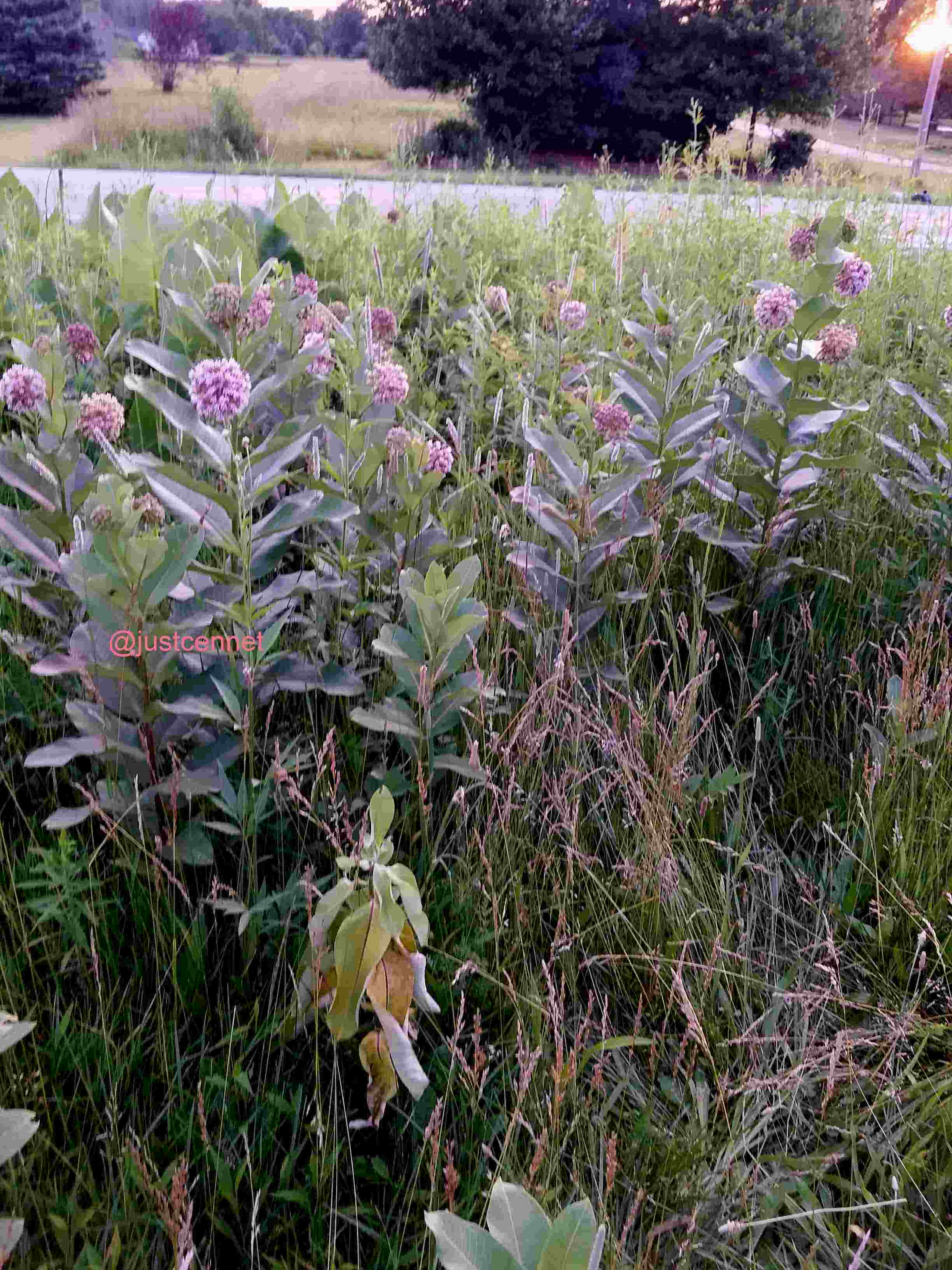 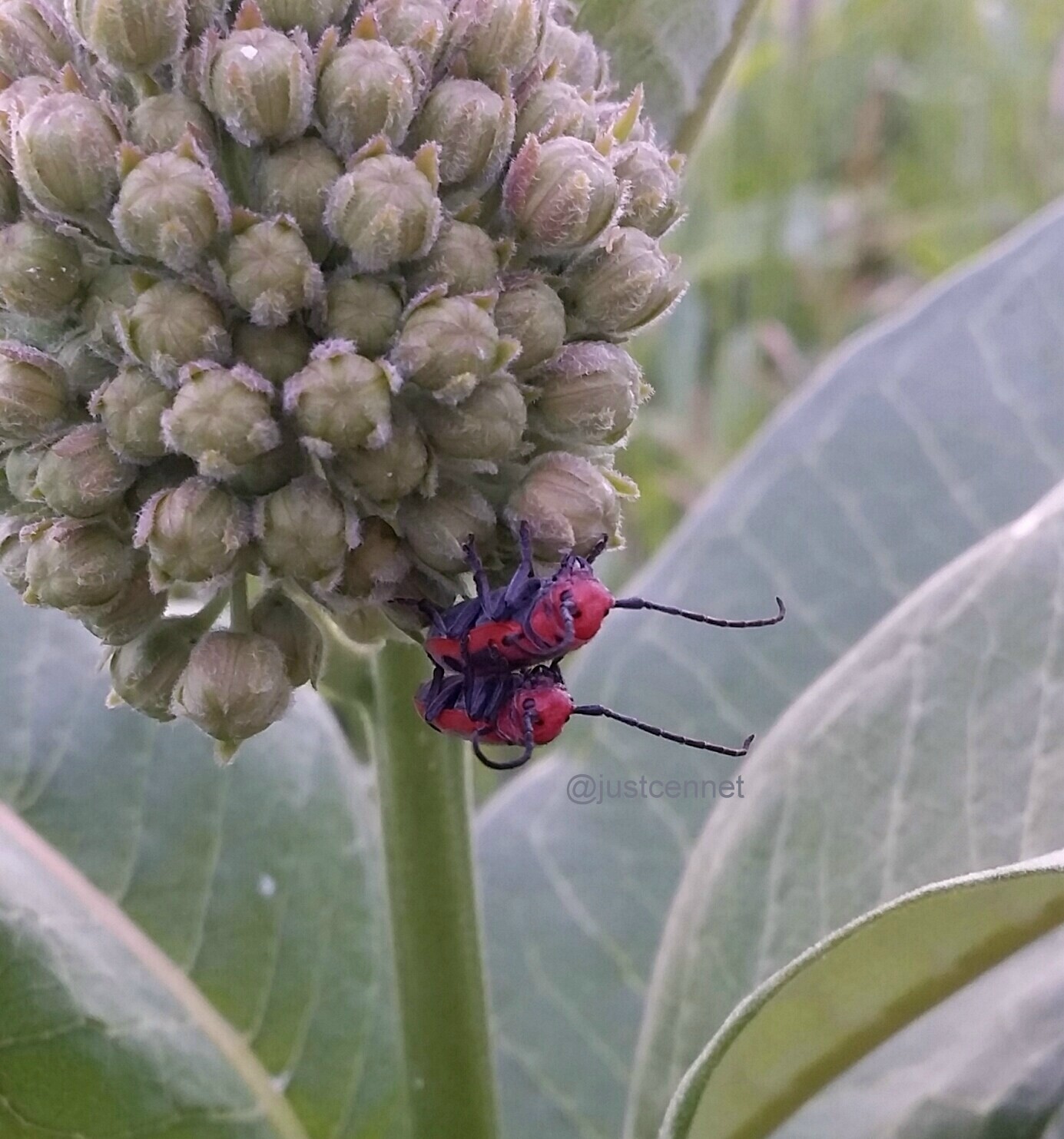 Another activity that intrigued me was citizens who were raising Monarch Caterpillars indoors to protect them from pesticides, mowing of roadsides, and predators. Using cut leaves from Milkweed plants, and keeping the caterpillars in plastic "deli cups" sounded like a fun activity, but I worried that it was too "unnatural", and would encourage survival of caterpillars that were genetically weak, thus weakening the entire population. 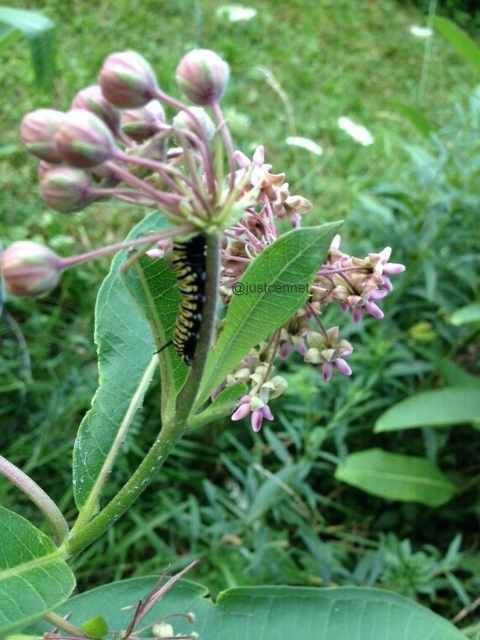 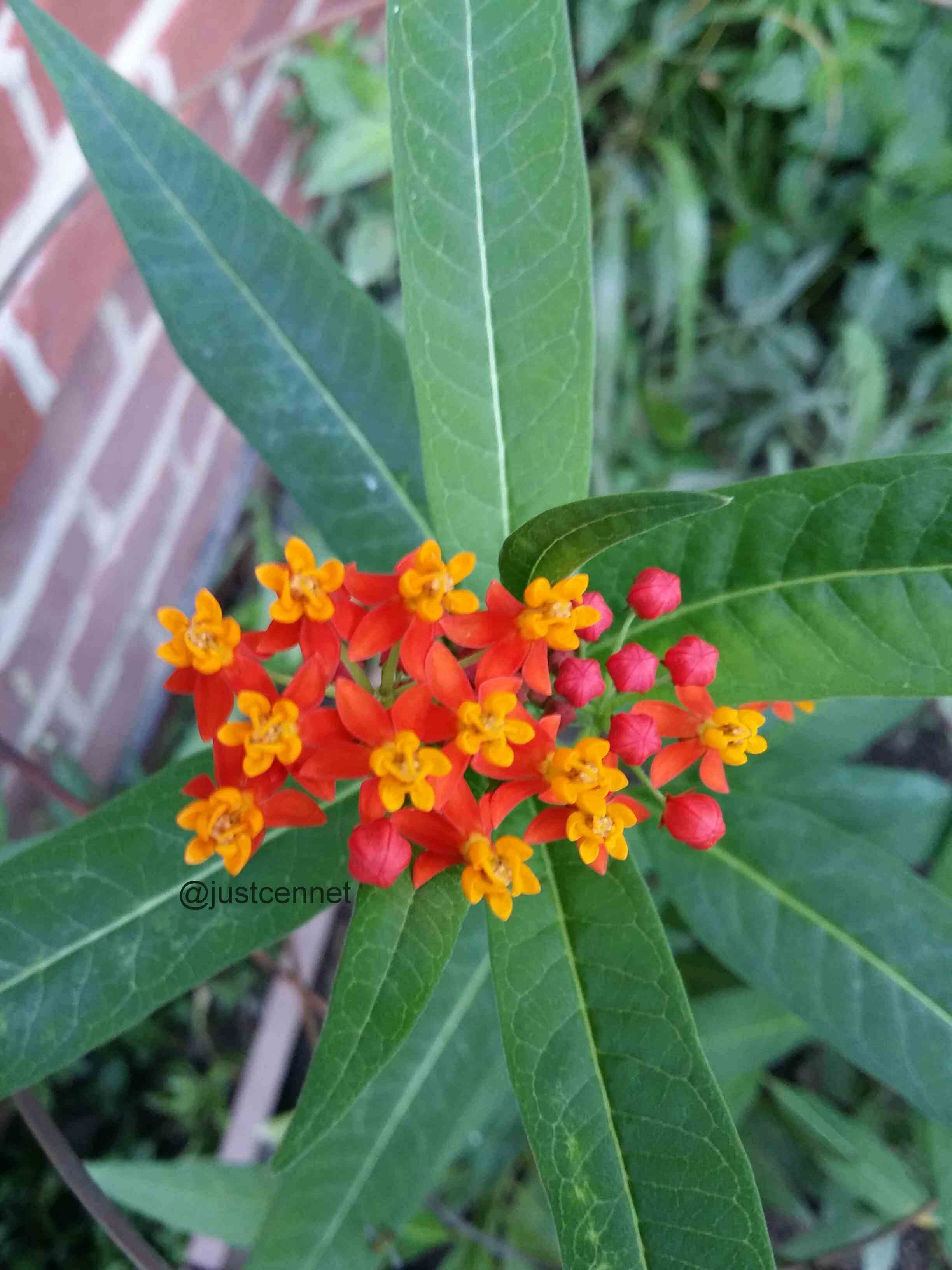 A third concern that was written about, was illegal logging of Omayel trees in the Monarch Biosphere Reserves, in Mexico. These trees are important for the survival of Monarch Butterflies over the winter, and the number of acres available to the migrant insects was dwindling at an alarming rate. However, there was not much discussion of a solution for this problem.  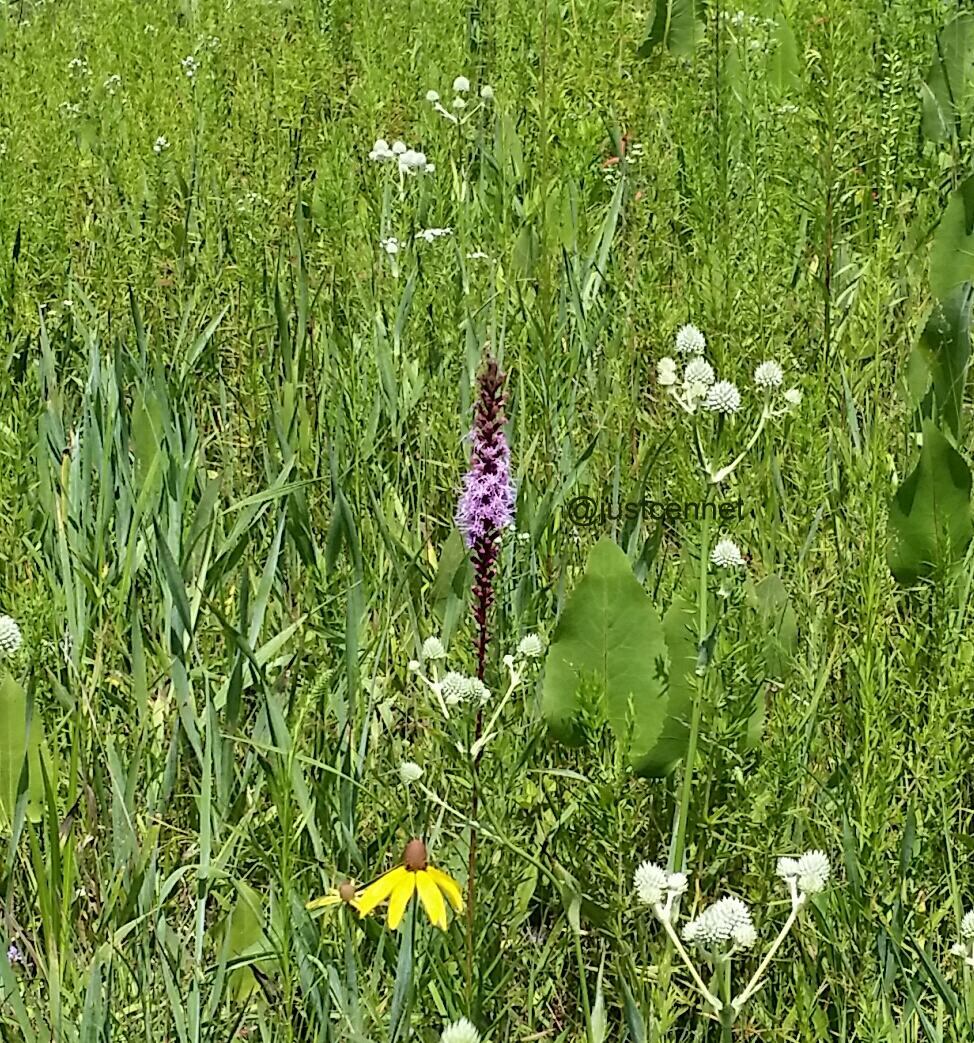 Our planted prairie was now very mature, and contained two stands of Milkweed plants, with plenty of other nectar sources. We were seeing Bumblebees among the flowers in large numbers, and many other pollinator insects were benifitting from our plant community. It seemed strange to me that despite the enriched habitat, I was still seeing very few adult Monarch Butterflies. In fact, all species of butterflies were present in lower numbers. 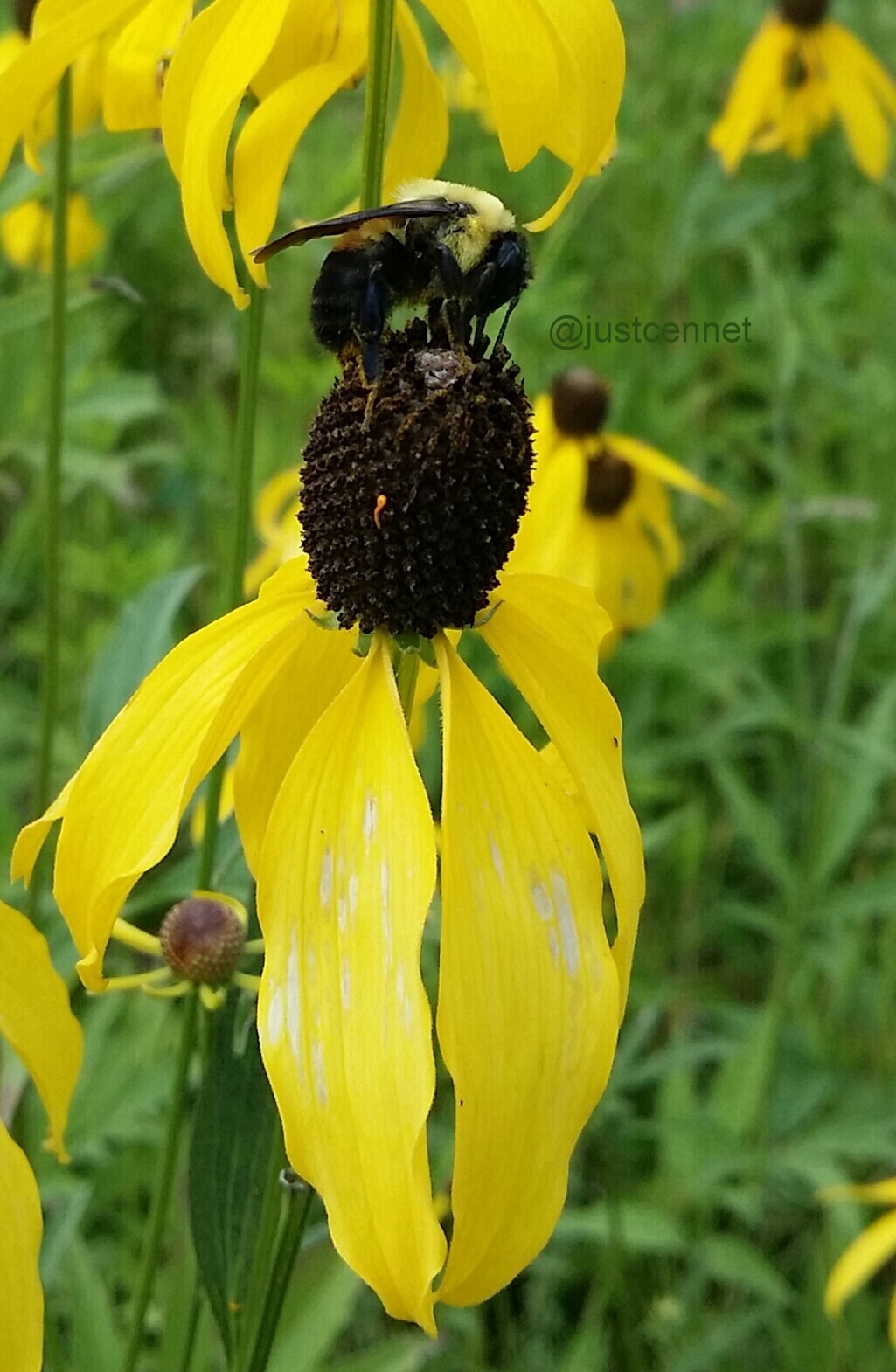 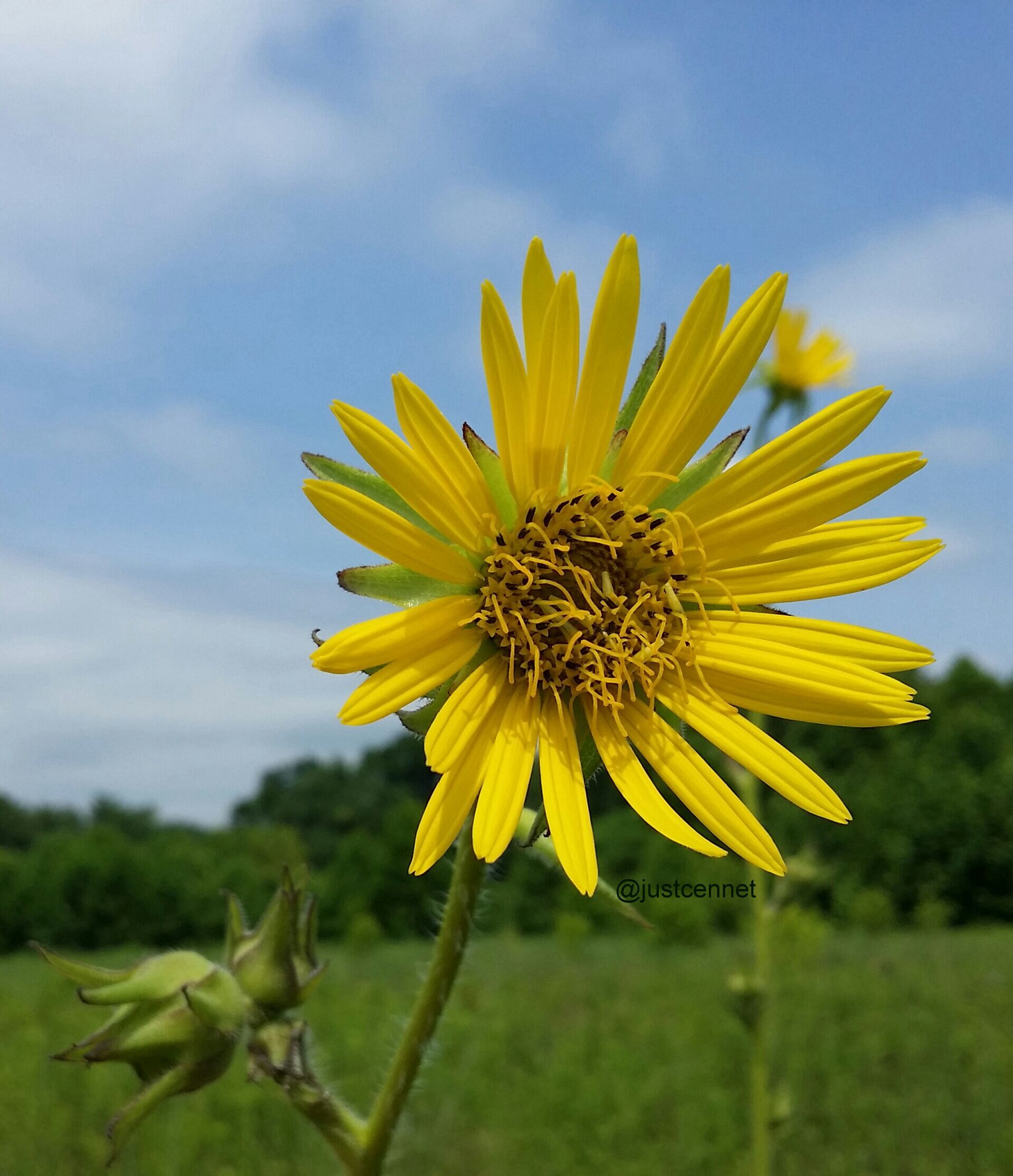 I spent the warm months of 2013 studying and observing in much greater detail, what was happening around me in our planted prairie community. I found seven Monarch caterpillars in our yard that summer and watched them to see what would happen. Out of the seven caterpillars, one was killed by a Soldier Bug, and one by a bird. Four of the caterpillars crawled off into the prairie to form a chrysalis, and presumably become a butterfly. However, when weather was getting VERY cold - with lows in the high 30's, one small caterpillar still struggled to grow up. We brought him inside, but he did not make it. 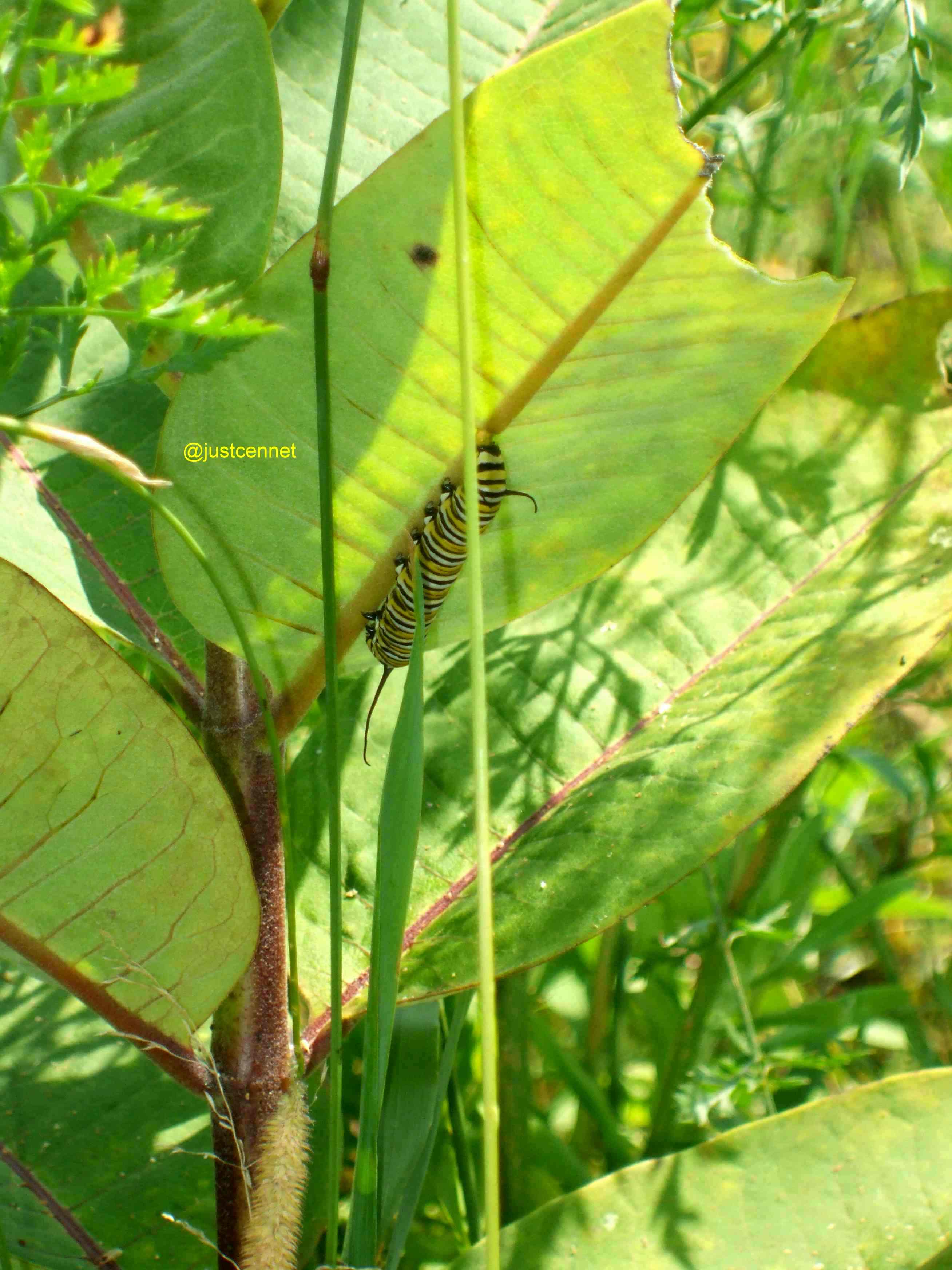 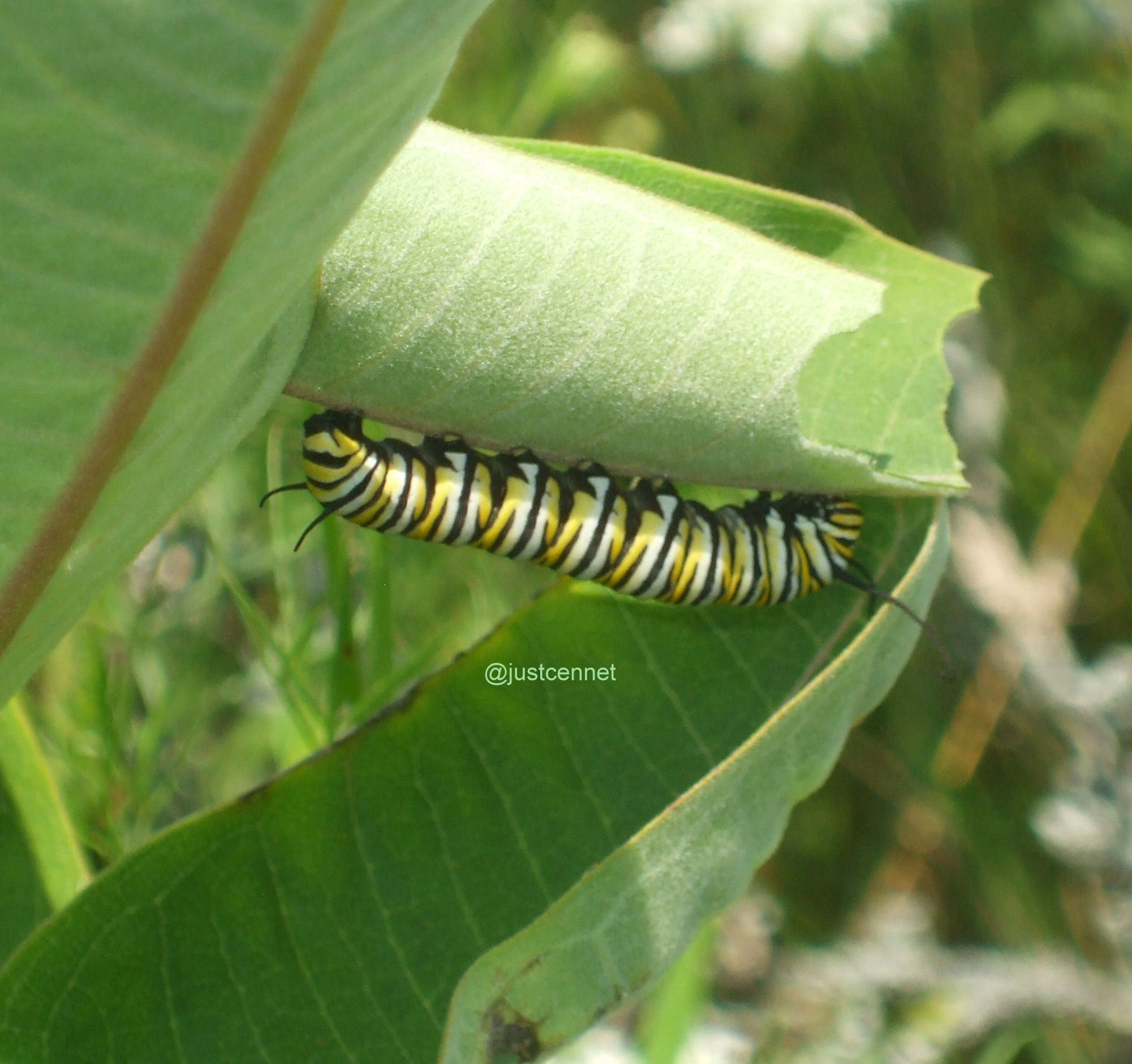 Meanwhile, I collected seeds that I could find in the area, where road crews were unlikely to have sprayed, and continued developing our two prairie plots with more nectar plants. I had more seed than I needed, after I gained permission to collect seed in a field north of New Albany. The excess seed was removed from the pods, and the coma (fluff) was removed. I ended up with two quarts of little brown seeds, which I donated to The Wilds, a 10,000 acre conservation park in eastern Ohio. I was able to visit the area in 2015, to admire their extensive Monarch Waystation of several acres. Now, every access road into the back of the preserve is lined with thousands of milkweed plants. I met Gale Martin, of Natives in Harmony, a grower and seller of native plants that were raised without pesticides. Gale is also the President of the Ohio Prairie Association, of which I became a member. Gale assured me that she could supply me with pesticide-free Milkweed plants in pots. By the end of the season, I had decided to try raising caterpillars in 2015. 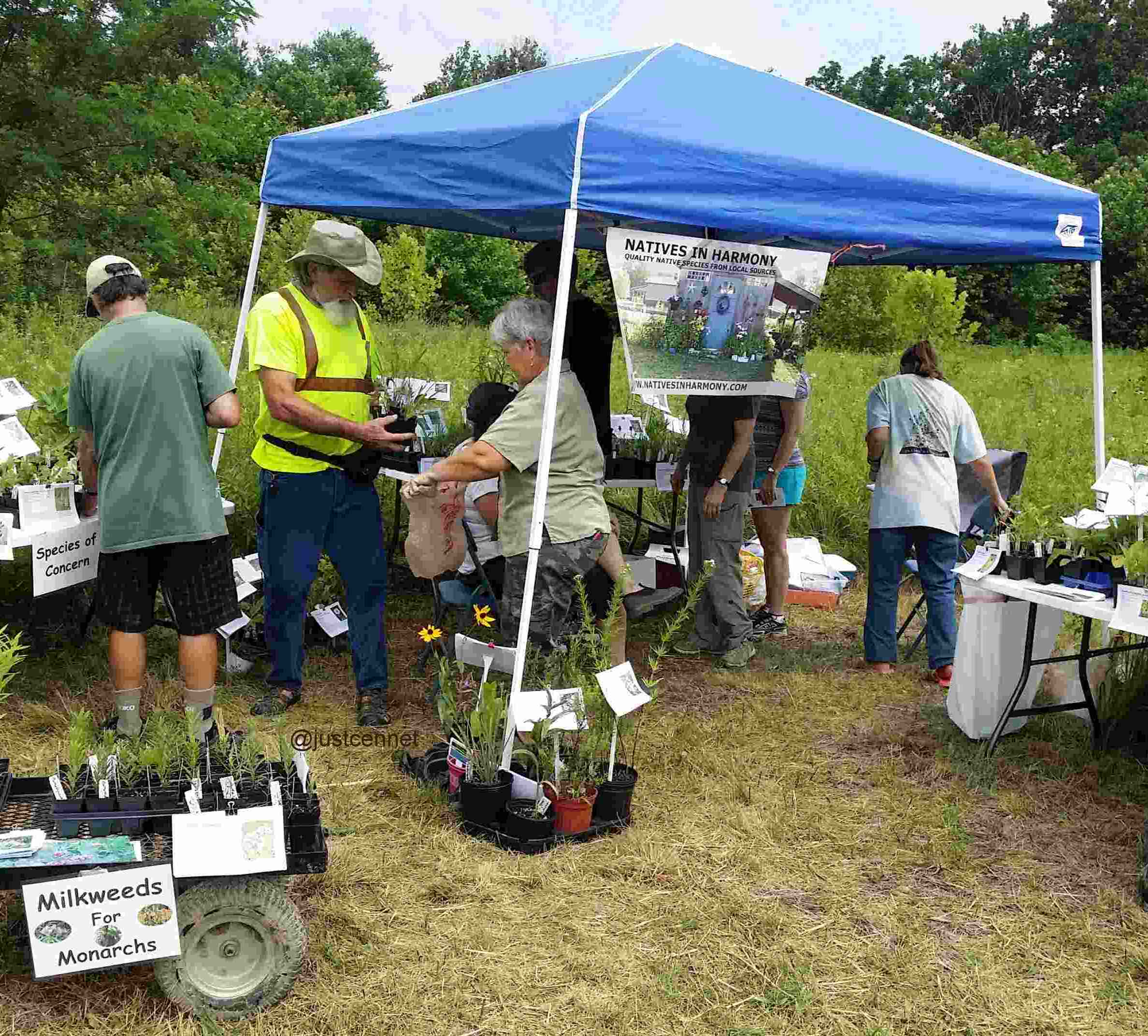  page in the Monarch Project. to www.turkishangoracats.com
|